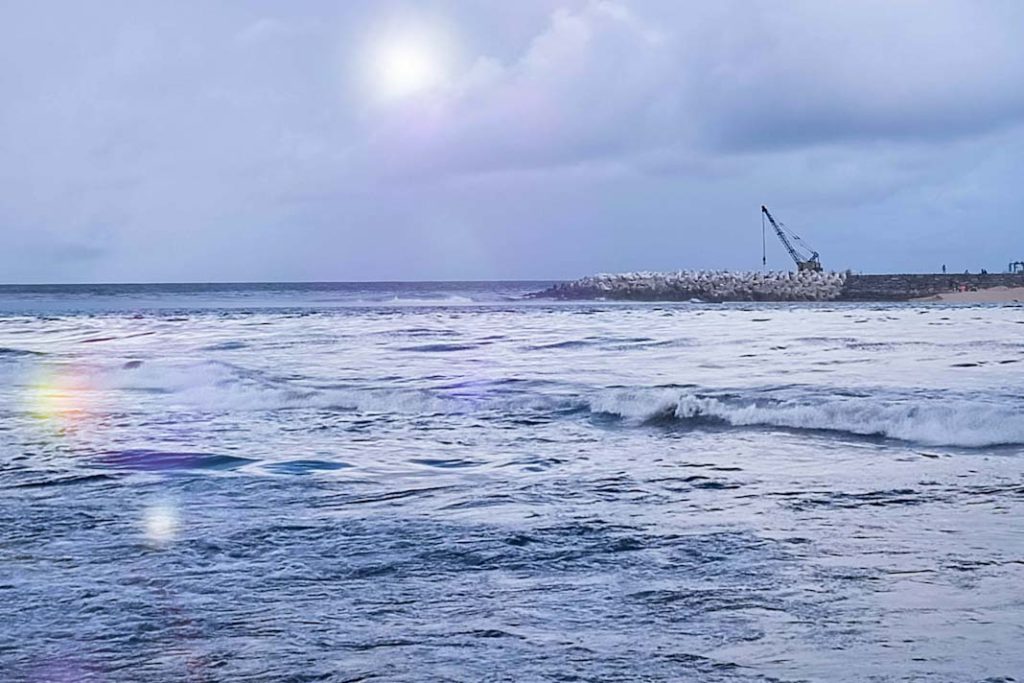The shipbuilding supercycle is expected to continue next year, with projections indicating that domestic shipbuilders’ order volume will exceed $50 billion (approximately 70 trillion won). Particularly, with large-scale container ship orders from Asian shipping companies anticipated, there is growing optimism that domestic firms will secure orders for both liquefied natural gas (LNG) carriers, where they currently hold the top position, and container ships.
According to the shipbuilding industry on Nov. 20, the combined order volume of the five major domestic shipbuilders (HD Hyundai Heavy Industries, HD Hyundai Samho, HD Hyundai Mipo, Hanwha Ocean, and Samsung Heavy Industries) stood at $33.9 billion (approximately 47 trillion won) as of Nov. 19. If additional orders, including Samsung Heavy Industries’ floating LNG production facility (FLNG), are secured by the end of the year, the total order volume for domestic shipbuilders in 2024 is expected to surpass $40 billion (approximately 56 trillion won), exceeding the $35 billion mark for 2023.
The shipbuilding industry predicts that global shipping companies will continue to place orders with domestic shipbuilders next year, pushing the order volume for the five major shipbuilders past $50 billion. This represents a 25% increase over this year’s expected order volume of $40 billion. Notably, the order volumes for major shipbuilders such as Hanwha Ocean ($12.2 billion), HD Hyundai Heavy Industries ($11.9 billion), and Samsung Heavy Industries ($11.8 billion) are expected to exceed $35 billion.
The rosy outlook for the continuation of the shipbuilding boom next year is attributed to the increasing demand for LNG carriers, a sector where domestic shipbuilders have a competitive edge. The industry estimates that domestic shipbuilders will secure orders for a total of 88 LNG carriers next year, a significant increase from 51 in 2023 and an estimated 55 this year, and the highest since 119 in 2022.
The rising demand for LNG carriers next year is driven by ongoing LNG terminal projects in various countries. As the number of LNG export terminals increases, LNG production will rise accordingly, leading to greater demand for LNG carriers for transportation.
An industry insider stated, “The scale of the global LNG terminal projects, expected to be completed by 2029, is 52 MTPA (1 MTPA = 1 million tons per year), comparable to the 62 MTPA that led the super cycle two years ago in 2026. However, with only 17 LNG carriers scheduled for delivery in 2029 in the current order backlog, the demand far exceeds the supply.”
Another industry insider explained, “Domestic shipbuilders are strategically leaving some slots open for 2028 orders, anticipating price increases, rather than rushing to build LNG carriers for 2027 delivery at relatively lower prices.”
The aggressive increase in container ship orders by major shipping companies ahead of the global shipping alliance reorganization is also a favorable factor for domestic shipbuilders. The market share of Korean container ships, which once approached 50%, has plummeted to less than 10% due to the rapid advancement of Chinese shipbuilding technology.
Notably, shipping companies allied with domestic shipbuilders are showing moves to expand their container fleets. HMM of Korea, ONE of Japan, and Yang Ming of Taiwan, which were part of the same shipping alliance, THE Alliance, are expanding their fleet capacity following the withdrawal of Hapag-Lloyd, the fifth-largest global shipping company. Choi Kwang-sik, a researcher at Daol Investment & Securities, stated, “The Premier Alliance, which includes Korean, Japanese, and Taiwanese shipping companies, has not yet placed new container ship orders or has done so insufficiently.”
However, there are concerns that the peak of the shipbuilding boom may be approaching. According to Clarkson Research, the newbuilding price index stood at 189.13 as of the Nov. 15, down from 189.96 at the end of September. Experts warn that once the demand for LNG carrier replacements is met, another downturn cycle could occur.
Did you subscribe to our daily Newsletter?
It’s Free Click here to Subscribe!
Source: Businesskorea

















